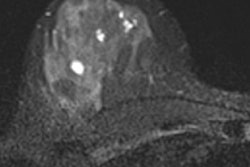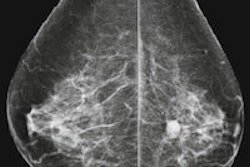A Swedish researcher at Lund University has found strong compression of the breast during mammography screening does not guarantee a better basis for diagnosis.
Instead, his study, titled Pressure distribution in mammography, is recommending flexible compression plates that adapt to the inclination of the breast to redistribute the pressure in an advantageous way.
Magnus Dustler conducted precise measurements of how pressure is distributed on the breast during mammographic screening and found flexible plates enable better image quality without increased compression force and produce considerably less pain for the woman.
By placing pressure sensors on the compression plates before taking the image, cancer tumors are stiffer than the surrounding breast tissue and fat. Thus it is possible to draw conclusions from the measurement data about potential tumors in the breast.
He also suggested this technique would reduce the number of image recalls.



















